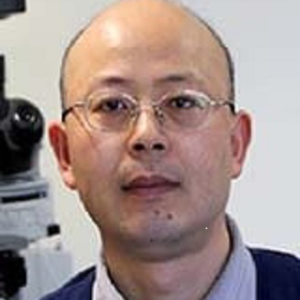Title : Mechanosensory stimulation evokes acute concussion-like behaviour by activating GIRKs coupled to muscarinic receptors in a simple vertebrate
Abstract:
Most vertebrates show concussion responses when their heads are hit suddenly by heavy objects. Previous studies have focused on the direct physical injuries to the neural tissue caused by the concussive blow. We study a similar behaviour in a simple vertebrate, the Xenopus Laevis tadpole. We find that concussion-like behaviour can be reliably induced by the mechanosensory stimulation of the head skin without direct physical impacts on the brain. Head skin stimulation activates a cholinergic pathway which then opens G-protein coupled inward-rectifying potassium channels (GIRKs) via M2 muscarinic receptors. These inhibit brainstem neurons critical for the initiation and maintenance of swimming for up to minutes and can explain many features commonly observed immediately after concussion. We propose that some acute symptoms of concussion in vertebrates can be explained by the opening of GIRKs following mechanosensory stimulation to the head.
Audience Take Away:
- Most vertebrates show concussion responses when their heads are hit suddenly by heavy objects. Previous studies have focused on the direct physical injuries to the neural tissue caused by the concussive blow. We study a similar behaviour in a simple vertebrate, the Xenopus Laevis tadpole. We find that concussion-like behaviour can be reliably induced by the mechanosensory stimulation of the head skin without direct physical impacts on the brain. Head skin stimulation activates a cholinergic pathway which then opens G-protein coupled inward-rectifying potassium channels (GIRKs) via M2 muscarinic receptors. These inhibit brainstem neurons critical for the initiation and maintenance of swimming for up to minutes and can explain many features commonly observed immediately after concussion. We propose that some acute symptoms of concussion in vertebrates can be explained by the opening of GIRKs following mechanosensory stimulation to the head.




